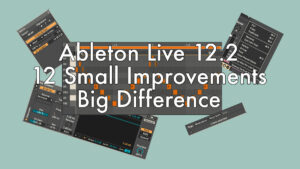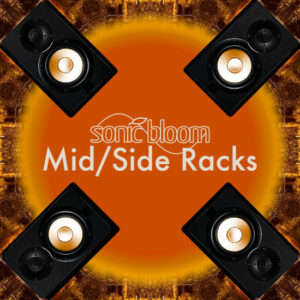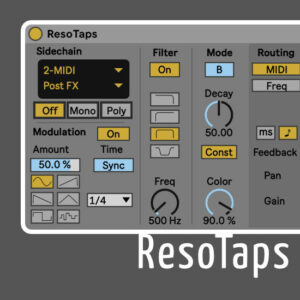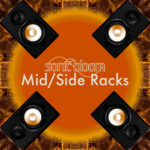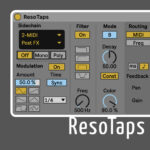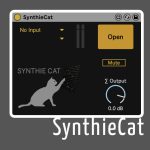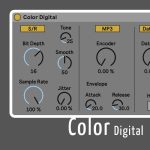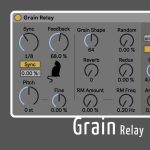Many plug-ins, whether they’re VST, VST3 or AU, come pre-configured in Ableton Live, which means their parameters are instantly accessible in Live itself, on Ableton Push or other MIDI controllers with a Control Surface in Live. However, this only applies to plug-ins with fewer than 64 parameters by default.
Although there is a command in the Options.txt file that can auto-configure up to 128 parameters in plug-ins, this doesn’t work for all plug-ins and there are other issues to consider. For plug-ins that don’t allow parameters to be populated automatically, manual configuration is necessary. In this tutorial, we will cover how to manually configure plug-ins and how to save these settings for use in other Live Sets.
Library plug-ins like Native Instruments Kontakt always need to be configured manually. They cannot be maintained in the browser like this either. This is because they load with no library selected, and each library offers different parameters. Therefore, it is best to save each Kontakt library as an Instrument Rack that you want to use more than once. In this video tutorial, I also demonstrate to beginners how to create and map macros the rack. I also provide tips and tricks for creating the perfect presets, which can then be saved in the User Library.
Watch the Video:
How to Manually Configure a Plug-In:
- Unfold the plug-in’s device parameters by clicking on the triangle icon in the title bar.
- Click Configure to enter Configure Mode.
- In the plug-in’s own window, click on each parameter you want to have accessible. Some parameters can’t be added.
- To reorder the parameters, you can simply drag and drop them into the positions you want.
- To remove a parameter from the list, select it in the panel and press Delete.
- Click Configure again to exit Configure Mode.
- Right-clicking on the title bar of the device and choosing Save as Default Configuration makes sure that next time you load the plug-in, the same parameter set appears automatically. Skip this step for plug-ins like Kontakt that contain different libraries or presets with different parameters.
Note: Saving a default configuration only stores the exposed parameter list, not any settings of the parameters you make.
How to Create an Instrument Rack from the Configured Plug-In With Macro Controls & Variations:
- With the plug-in selected on the track, press CTRL + G (Windows) or CMD + G (Mac) to turn it into an Instrument Rack.
- Click the Show/Hide Macro Controls button, the top on the left of the rack to show the eight macros. The plus and minus icons allow you to show up to 16 macros or hide up to all but one.
- To assign parameters from the plug-in to a macro, right-click on the lower part of a parameter and choose Map to Macro X. It’s also possible to map more than one parameter to a macro.
- To open the Macro Map Mode, click on Map in the title track of the rack.
- There you can adjust the minimum and maximum settings for each mapping to limit the range of the mapped parameter as needed.
- Click on Map again to exist the mode.
- When you click on the camera icon you can open the Macro Variations.
- Click on New to capture the current state of all macros as a variation.
- Readjust the macro settings to your liking and then click on New to create further variations.
- It’s possible to exclude Macros from Variations by right-clicking on a macro and selecting “Exclude Macro from Variations” from the context menu.
- Use CTRL + R (Windows) or CMD + R (Mac) when a variation is selected to be able to rename it. This way you can create presets within the Instrument Rack for your plug-in.
- Select the title of the rack and use CTRL + R (Windows) or CMD + R (Mac), then give it the desired name.
- The Instrument Rack when saved and re-loaded into a Live Set will show up exactly as you’ve saved it. So make sure to hide or show the elements of the Instrument Rack as needed.
- Save the rack into the User Library by clicking on the floppy disk icon on the rack’s title bar.
- By default, it will be saved under Presets > Instruments > Instrument Rack. If you want it to reside in a dedicated folder for plug-in racks, right-click on an empty space in the User Library and select New Folder and give it a name.
- You can also drag the Instrument Rack into the desired folder in the User Library.
As usual, if you have any questions or would like to add something, please let me know in the comments below. You’re also welcome to request topics for future videos.



